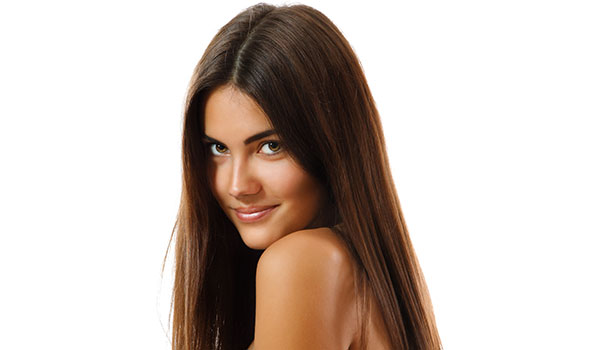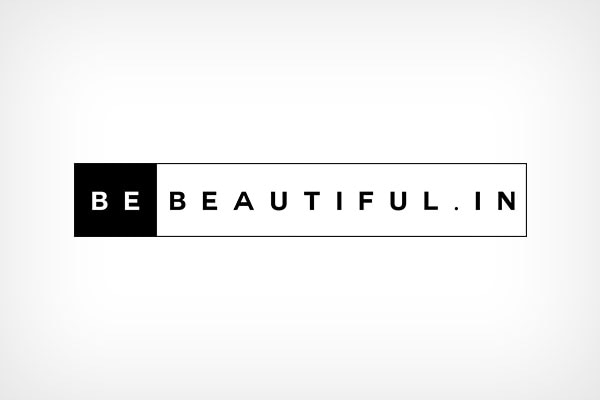
Zinc contributes to skin tissue
Close to six per cent of your body’s zinc content is located in the dermis and epidermis. That’s a fairly large fraction for any mineral found in the human body. Its function is to stabilise cell membranes and help in regeneration and building of skin tissue – one of the body’s most vital functions.

Zinc for healthy skin and hair
Since zinc helps in the regeneration of tissue, it’s critical in helping in the growth of your hair, skin and nails. A deficiency in the same can lead to hair loss, lack of lustre and shine when it comes to hair and skin that’s dry and susceptible to acne and other bacterial infections.

Zinc to treat acne
Certain studies also suggest that there may be a direct co-relation between acne and low levels of zinc. A scientific explanation for the same is that zinc increases the amount of Vitamin A in the blood, which in turn is necessary to maintain skin health especially when it comes to dealing with acne, pimples and skin infections.

Zinc for UV protection
Commercially all of the sunscreens that we used today contain Zinc Oxide, which is supposed to protect skin from photo damage i.e. damage by the sun, by absorbing and reflecting harmful rays.

Sources of zinc
If you’re wondering how you can get your daily supply of zinc without relying on supplements, here are some options. Vegetarians should load up on spinach, mushrooms, cashew nuts and kidney beans while non-vegetarians can get their supply of zinc from shrimp, chicken, lamb, oysters and egg yolks.
















 Privacy Notice
Privacy Notice
Written by Girija Naiksatam on 7th Nov 2014